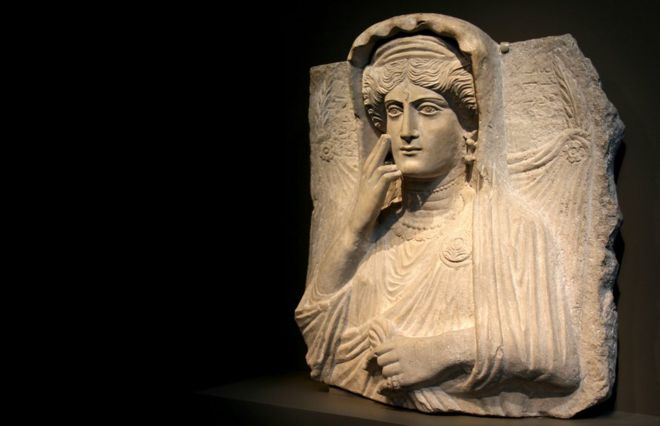What gift did the Comelec give to the mainstream media so that they could earn millions for advertisements? A free rein on who to interview, who to let shine in the limelight, who to favor as the likely candidate to win?
Yes all of that. The mainstream media featured those candidates who could afford their rates that ran into thousands and millions of pesos per minute depending on the medium, whether, radio, TV or print.
So the truly happy people in these elections are the owners of mainstream media and their writers, and production staff.
But is that fair?
Why were the low-funded candidates not given any airing at all? A handful did like DZXL which featured a low-budgeted female mayoralty candidate from Quezon City many weeks before election time, who stuck on up to the last minute despite overtures of being paid to back out by some rich candidate. I was lucky because the QC PAISO liberally gave me a copy of my digital interview by their staff which I circulated around a few days before May 13th, 2019 election day.
The Comelec is busy strategizing on how to make their selected candidates win, and so dismissed, ignored if not neglected the plight of sincere candidates whose aimsi are be of service to the marginalized groups, among others.
So what is our lesson for today, Folks? Legally require all media to appropriate sixty per cent of the budget paid by a rich candidate to featuring other candidates unable to pay their rates. So the rich candidate gets a full budget of 40% of what he or she pays, and the 60% is divided among all other candidates, one or twenty, depending on the circumstances. If there is only one competing candidate versus the rich one, then the media outfit shall feature him or her nonetheless.
A law should be passed requiring this appropriation so that every election time, all of the candidates can troop to the media offices and claim their right to be featured. After all, the media offices are making a lot of profits already year in, year out and especially during election time. It is high time that they revise their policies to be democratic.
That is fair enough. In other words, the aim is to make the people see the broad picture of the elections, bringing to their homes through media, the faces, names, backgrounds, accomplishments and programs of action of those said candidates.
Now I urge all underfunded candidates to support this because when the people are well-informed, they will not choose vote buyers, nor sell their votes, nor influence others to do anti-democratic electoral practices.
This democratization of media resources is just the start for a truly honest and fair elections in the future.
As Haliphat, a young girl in Syria who lived i 231 BC, let us wipe our tears of sorrow over the treacherous outcome of the Philippine 2019 elections. We shall be more courageous, persistent, see with our eagle eyes and pounce on whatever hocus-pocus will come the next time.
Haliphat Funerary Bust 231 BC, Palmyra, Syria, limestone
Palmyra: Ruins that inspired the architecture of power
 BBC/TAYLOR KATE BROWN
BBC/TAYLOR KATE BROWN
What do the ruins of an ancient Roman city in Syria and some of the most iconic buildings in Washington and London have to do with each other? A new exhibit aims to connect US audiences with antiquities under fire in Syria's civil war.
Once upon a time there was a beautiful girl named Haliphat. She was rich, but also modest and virtuous. She lived in a magnificent desert city that glowed pink when the sun set.
This could be the beginning of a fairy story - except the tale is true and right now there is no happy ending in sight.
Haliphat really did exist about 1,800 years ago. Her home was Palmyra, a vibrant commercial hub at the heart of the Roman Empire. Today its ancient ruins stand at the crosshairs of Syria's brutal civil war.
We know about Haliphat thanks to Charles Freer. He acquired her limestone bust in 1908 to and gave it to the Smithsonian's Freer and Sackler Galleries in Washington DC. The sculpture was taken from her tomb and shows her dressed in her finest clothes. According to an Aramaic inscription, she died in 231 AD.
 BBC/TAYLOR KATE BROWN
BBC/TAYLOR KATE BROWN
The museum has decided to put the bust on display for the first time in almost a decade after the group calling itself Islamic State (IS) overran Palmyra in May.






No comments:
Post a Comment